Blog 
The Ultimate Guide to Choosing the Right Flexible Gas Hose for Your Needs
In the ever-evolving field of gas distribution, selecting the appropriate flexible gas hose is crucial for ensuring safety and efficiency in various applications. According to a report by the Gas Equipment Research Institute, the global market for gas hoses is projected to reach over $1 billion by 2025, highlighting the increasing demand for reliable and adaptable solutions in residential, commercial, and industrial settings. This growing trend underscores the necessity for users to be well-informed about the different types of flexible gas hoses available, as well as their specific applications and materials. The right choice not only impacts performance but also plays a vital role in maintaining compliance with industry standards and regulations. As we delve into this ultimate guide, we will explore the essential factors to consider when selecting flexible gas hoses tailored to meet diverse operational needs.

Understanding the Basics of Flexible Gas Hoses and Their Applications
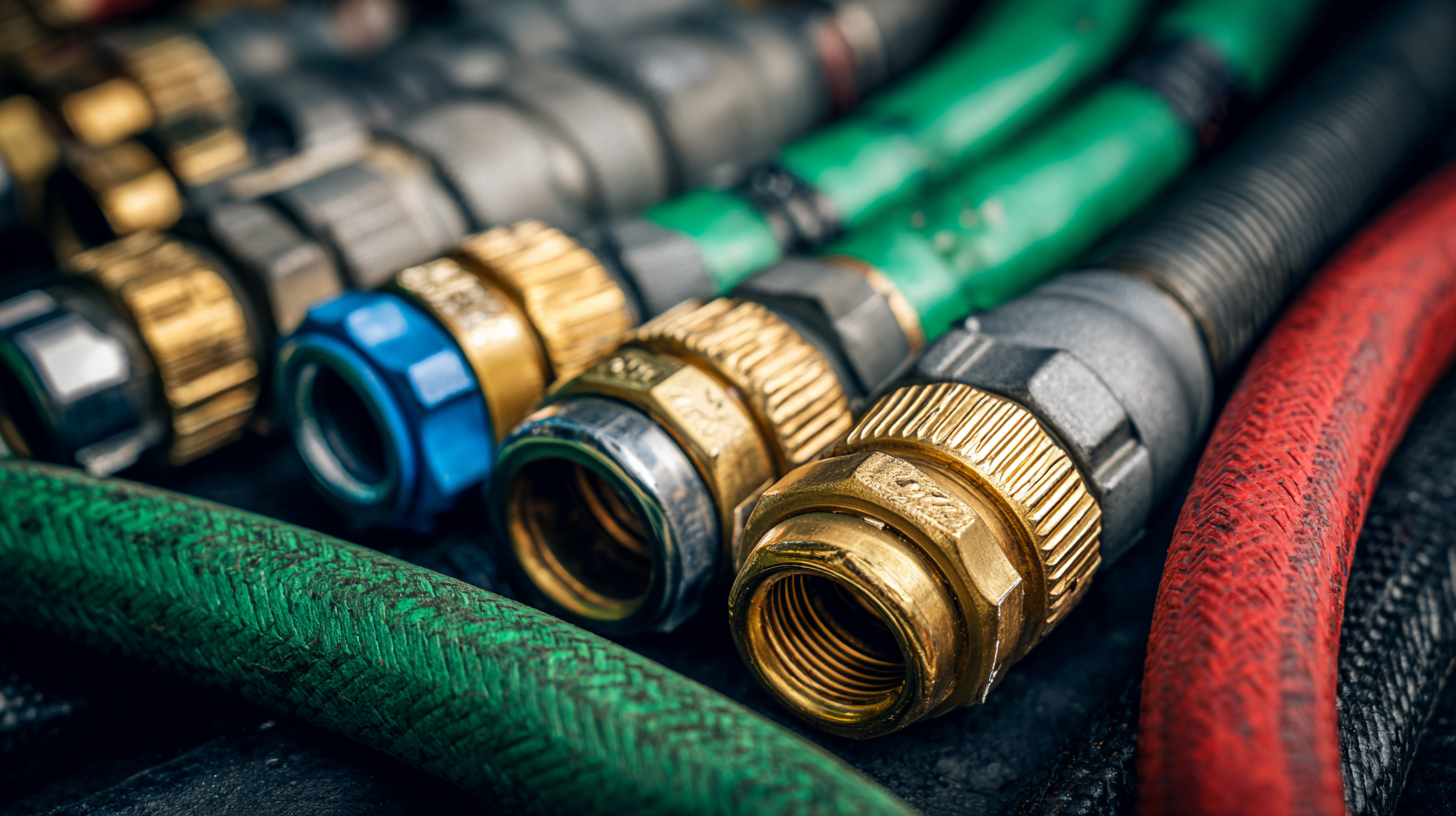 Flexible gas hoses are essential components in various applications, including residential heating, commercial kitchens, and outdoor grills. Understanding their structure and function can significantly impact safety and efficiency. These hoses are typically made from stainless steel, rubber, or other materials designed to withstand high-pressure conditions while providing flexibility for installation in tight spaces. Recognizing the different types available helps consumers select the right hose for their specific environment and usage.
Flexible gas hoses are essential components in various applications, including residential heating, commercial kitchens, and outdoor grills. Understanding their structure and function can significantly impact safety and efficiency. These hoses are typically made from stainless steel, rubber, or other materials designed to withstand high-pressure conditions while providing flexibility for installation in tight spaces. Recognizing the different types available helps consumers select the right hose for their specific environment and usage.
Tips: When choosing a flexible gas hose, always consider the size and pressure requirements of your system. Ensure the hose meets local codes and regulations regarding gas appliances. Regular inspection for wear and tear can prevent leaks and enhance safety, so it's wise to set a schedule for maintenance checks.
Moreover, the application context is crucial; a hose used for outdoor grilling may need different durability characteristics than one used for indoor appliances. Always opt for hoses that are approved for the intended application to ensure compliance and safety. Investing in a quality flexible gas hose not only enhances performance but also extends the life of your gas appliances.
Key Factors to Consider When Selecting a Flexible Gas Hose
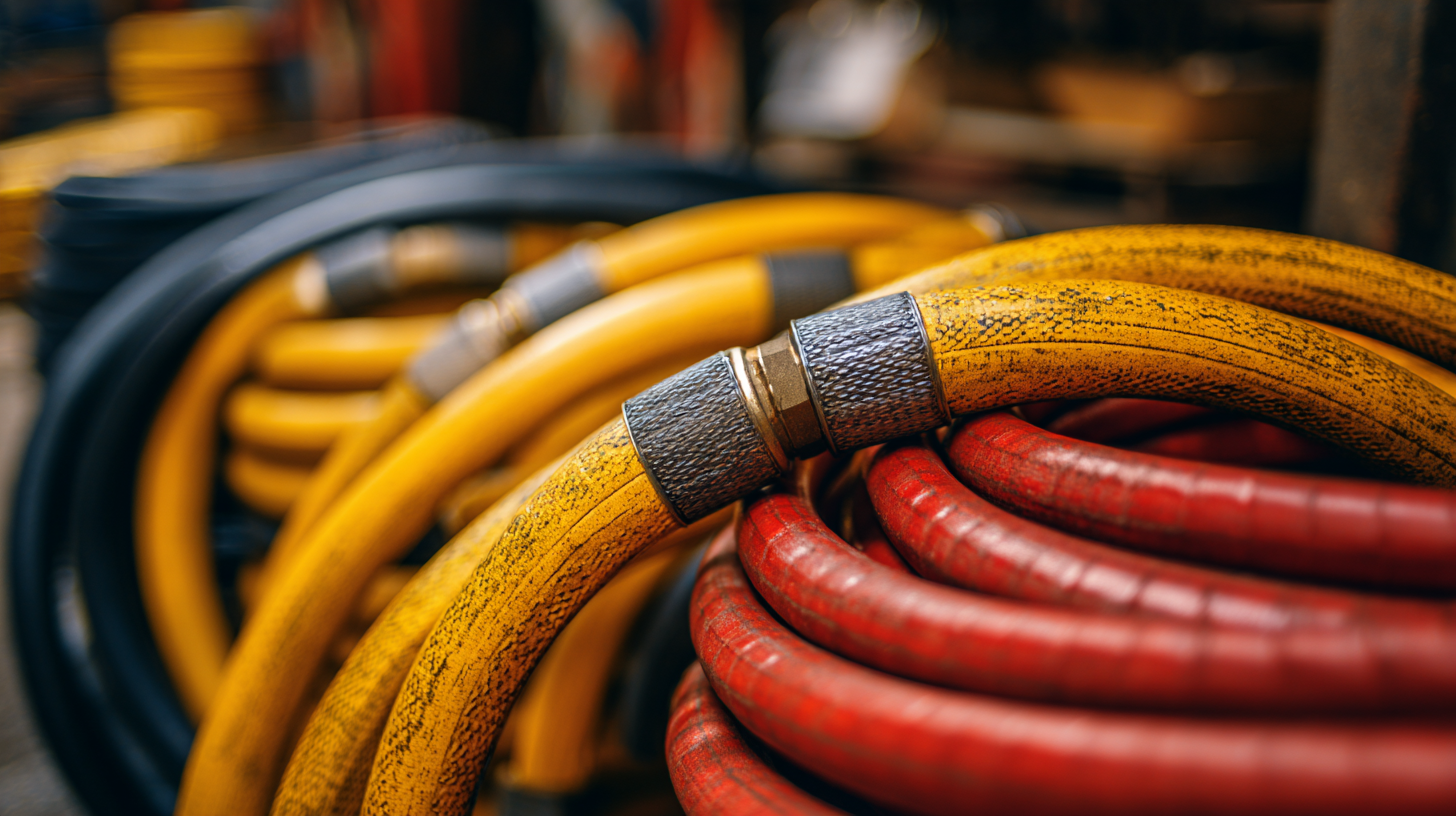 When selecting a flexible gas hose, several key factors must be taken into account to ensure safety and efficiency. One crucial aspect is the hose material, which plays a significant role in durability and resistance to corrosion. For instance, materials like stainless steel and PTFE are well-regarded due to their high resistance to heat and chemicals. According to a report by the Gas Technology Institute, hoses made with elastomeric compounds can have a lifespan of up to 10 years when used correctly, making them a great choice for both commercial and residential applications.
When selecting a flexible gas hose, several key factors must be taken into account to ensure safety and efficiency. One crucial aspect is the hose material, which plays a significant role in durability and resistance to corrosion. For instance, materials like stainless steel and PTFE are well-regarded due to their high resistance to heat and chemicals. According to a report by the Gas Technology Institute, hoses made with elastomeric compounds can have a lifespan of up to 10 years when used correctly, making them a great choice for both commercial and residential applications.
Additionally, the hose diameter and length are essential considerations. The diameter should match the gas flow requirements of your appliance or application, as undersized hoses can lead to decreased performance and potential hazards. A recent industry analysis highlighted that a properly sized hose can improve gas efficiency by up to 15%.
Tip: Before purchasing, always check the hose’s pressure rating and ensure it meets or exceeds the specifications of your gas system to prevent leaks and ensure safety.
Lastly, compatibility with various gas types—such as propane, butane, or natural gas—is critical. Each type may require different standards and materials.
Tip: Consult manufacturer guidelines and industry regulations to ensure that the hose you choose is suitable for your specific gas type and application.
Different Materials Used in Flexible Gas Hoses: Pros and Cons
When choosing the right flexible gas hose, understanding the materials used is crucial as each has its unique advantages and disadvantages. Most commonly, flexible gas hoses are made from materials such as rubber, stainless steel, and PVC. According to the Gas Appliance Manufacturers Association (GAMA), rubber hoses are known for their flexibility and resistance to wear and tear, making them ideal for applications that require frequent movement. However, their susceptibility to degradation from UV light and extreme temperatures limits their longevity.
On the other hand, stainless steel hoses provide exceptional durability and resistance to corrosion, making them a preferred choice in industrial applications. Data from the American National Standards Institute (ANSI) indicates that stainless steel hoses can last up to five times longer than rubber alternatives under harsh conditions. However, they are typically more expensive and less flexible, which can be a disadvantage in certain residential settings. Lastly, PVC gas hoses are lightweight and cost-effective, but they may not provide the same level of heat resistance or durability as rubber or stainless steel options, resulting in a lifespan that may fall short in demanding environments. Choosing the right material ultimately hinges on the specific requirements of the application and environmental conditions.
Safety Standards and Regulations for Flexible Gas Hoses
When selecting a flexible gas hose, safety standards and regulations play a crucial role in ensuring performance and preventing potential hazards. Compliance with industry standards such as ISO 10380, which specifies requirements for metallic flexible hoses, is essential. Additionally, hoses should adhere to local regulations which may involve testing for pressure resistance, temperature tolerance, and material compatibility. Regular inspections and certification processes are necessary to verify that hoses meet these critical safety benchmarks.
Moreover, the installation and maintenance of flexible gas hoses must also align with safety regulations. It's important to ensure that the connections are secure and free from leaks, as gas leaks can pose significant risks. Appropriate fittings and materials should be used to prevent corrosion and damage over time. Implementing these safety practices not only protects users but also extends the lifespan of the gas hose, making it a wise investment for both residential and industrial applications. By prioritizing safety standards, consumers can make informed choices that promote a secure environment for gas operations.
Maintenance Tips for Ensuring Longevity of Your Flexible Gas Hose
When it comes to flexible gas hoses, proper maintenance is crucial for ensuring safety and longevity. A recent industry report from the Gas Equipment Research Institute emphasizes that regular inspections can prevent up to 60% of failures related to flexible gas connections. This highlights the importance of developing a routine check-up regimen, where users should look for signs of wear and tear, such as cracks or discoloration, which can indicate that the hose is nearing the end of its service life.
Additionally, maintaining an optimal operating environment is key to extending the lifespan of flexible gas hoses. Factors such as exposure to extreme temperatures or corrosive substances can drastically lower their durability. According to the American Society of Mechanical Engineers, hoses not subjected to adverse conditions can last up to 10 years. To maximize performance, it is advisable to keep hoses clean, avoid tight bends, and store them properly when not in use. Implementing these maintenance tips can significantly reduce the risk of leaks and ensure a reliable gas supply for your applications.
The Ultimate Guide to Choosing the Right Flexible Gas Hose for Your Needs - Maintenance Tips for Ensuring Longevity of Your Flexible Gas Hose
| Hose Type | Material | Pressure Rating (PSI) | Temperature Range (°F) | Common Applications | Maintenance Tips |
|---|---|---|---|---|---|
| PVC Gas Hose | PVC | 200 | -4 to 140 | Home Appliances, Heaters | Inspect regularly for cracks; store away from sunlight. |
| Rubber Gas Hose | Rubber | 350 | -40 to 200 | Industrial Applications, BBQs | Check for wear; replace if kinked or damaged. |
| Stainless Steel Braided Hose | Stainless Steel | 500 | -70 to 450 | High-Pressure Gas Systems | Keep connections tight; regularly check for leaks. |
| Polyurethane Gas Hose | Polyurethane | 300 | -20 to 180 | Air Compressors, Light Industry | Store coiled; avoid extreme temperatures. |
Related Posts
-

Understanding the Latest Innovations in Marine Hose Technology: Boosting Efficiency and Safety in Marine Operations
-
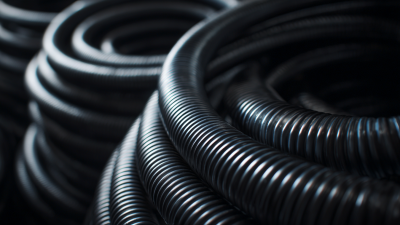
Understanding the Essential Role of Industrial Hose Manufacturers in Modern Industries
-

Understanding the Benefits of 4 Flexible Hose for Home and Industrial Applications
-
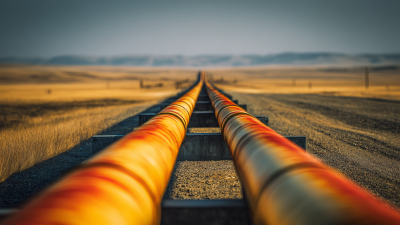
Understanding the Essential Role of Gas Tubing in Modern Energy Solutions
-
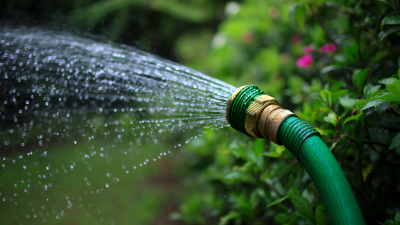
Understanding the Advantages of Fire Hose Garden Hose Combinations for Efficient Watering Techniques
